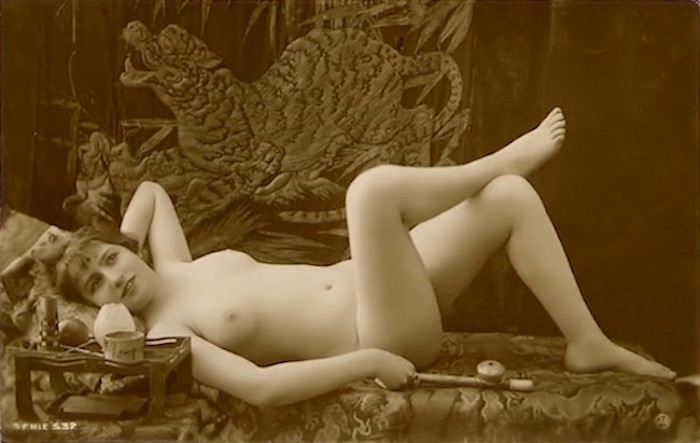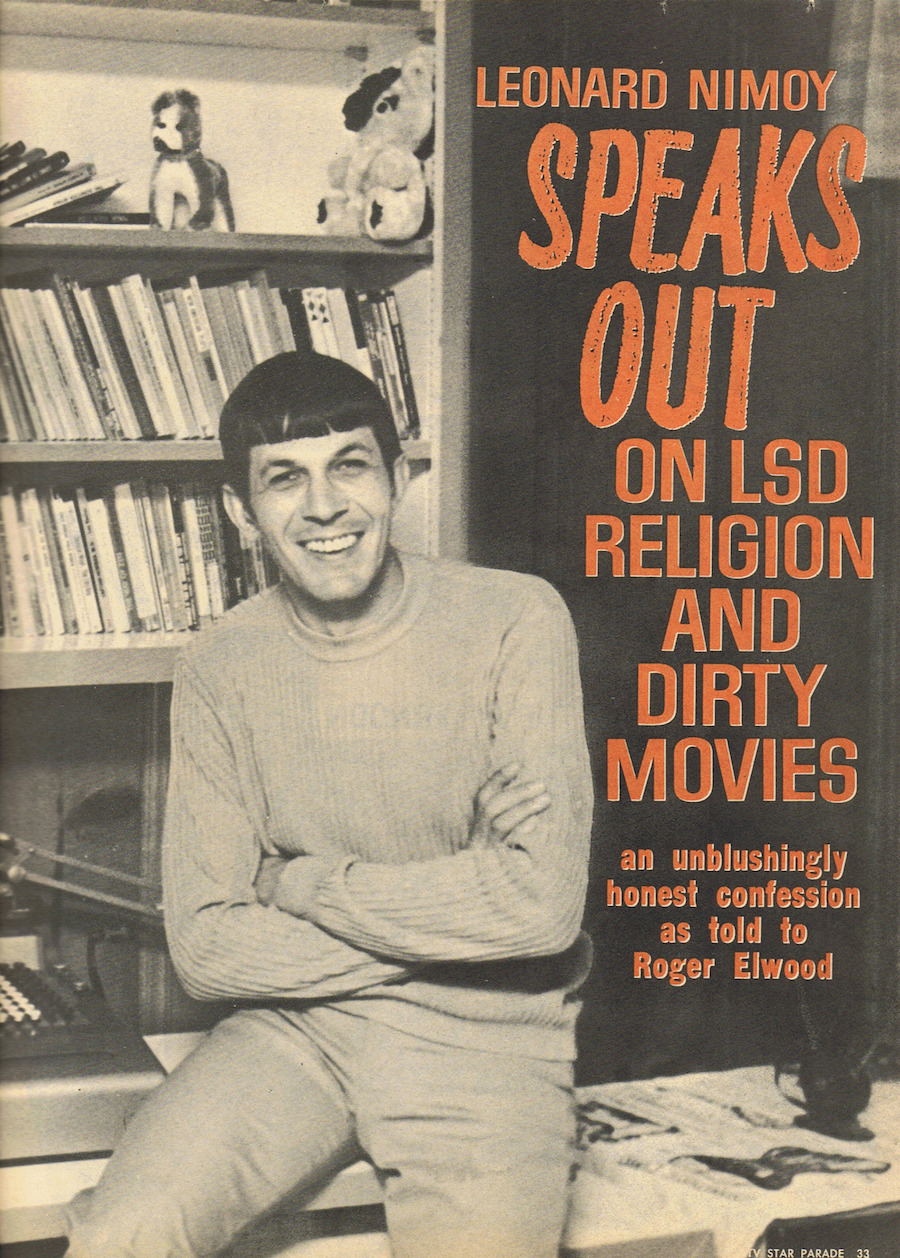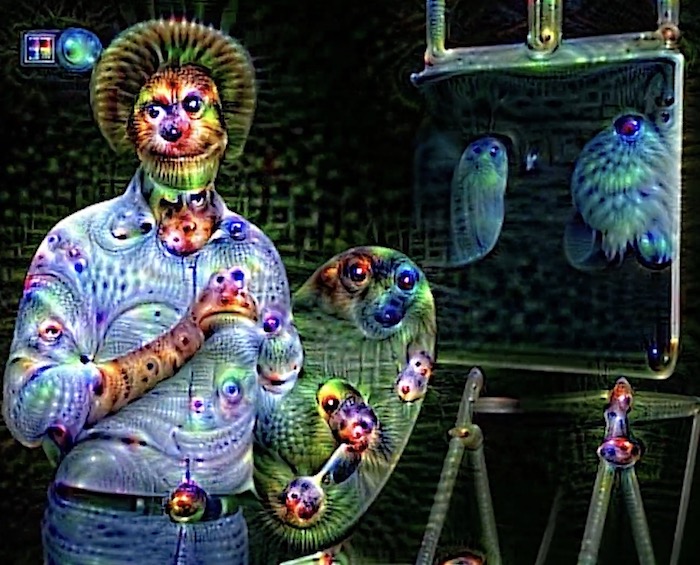
Opium. The word conjures up a louche exotic world of artists, writers, low-life criminals and nubile young women out looking for kicks. The word alone is intoxicating. It imbues a feeling of both fear and longing.
According to the dictionary, the word opium comes from Middle English, via Latin, via the Greek word opion, from diminutive of opos meaning sap or juice. Apparently, the word “opium” was first used in the 14th century.
Opium is cultivated from the papaver somniferum, a poppy which has white or purple flowers and a globe shaped capsule containing yellow seeds. This plant has been cultivated in India, Turkey, Iran, Afghanistan and China. Its principal active ingredient is the alkaloid morphine or C17 H19 N O3.
Opium gained its notoriety in the 19th-century with the advent of global trade and mass migration. Across Europe, upper-class writers and artists indulged their fancies by taking laudanum or eating opium leaves and pellets. The calming, soporific qualities of the drug were used in numerous medicines to treat babies, children, and adults. From teething problems to nervous disorders—opium was the medicine of the masses.
The word opium has a complex history that can often be misrepresented to mask racist and xenophobic fears. In the 1920s and 1930s, many writers of popular pulp thrillers (like Sax Rohmer) regularly featured villainous oriental types who intoxicated innocent blonde damsels with opium before selling them on to the horrors of “white slavery.”
It is always worth pointing out that the Chinese had grown the poppy for twelve centuries and used it medicinally for nine centuries before the middle of the seventeenth-century when “the practice of mixing opium with tobacco for smoking purposes was introduced” into the country—most likely by the Dutch or the Portuguese. Foreign opium was first introduced by the Portuguese via Goa at the start of the 18th-century. By 1729, opium’s deleterious effect led Emperor Yung Ching to issue an edict making opium smoking and the sale of all foreign opium illegal. It had little effect.
By the 1790s some 4,000 chests of opium were being imported into China. An all-out ban on the importation of foreign opium followed in 1796. Again, it had little effect. By 1820, 5,000 chests were imported. By 1830, 16,000. By 1858, 70,000. What was forced on China inevitably spread throughout the world.
From the 1850s on, the opium den spread across the world as a seedy place of refuge for commoner and lord. In Europe opium was viewed as a potentially liberating and creative touchstone. In America, it was seen as an evil and degenerate drug that led to vice, squalor, poverty, madness and death.
However, it should be noted that when the use of opium and the opium den was most prevalent or most virulent—depending on your view—that both America and Europe were at the peak of an industrial, social and cultural revolution. Opium did not appear to make people slackers. Even a fictional hero like Sherlock Holmes indulged in the occasional pipe—all in the line of duty, of course.
By the 1900s, the opium den was no longer quite so ubiquitous. There were dens still to be found in most cosmopolitan cities like New York, San Francisco, London, and Paris, but opium was now mainly a fashionable prop for the bohemian, artistic, and literary class to indulge. Those who wanted a real kick sought opium in other forms—first as morphine then as heroin.
In a rather horrific twist of fate, morphine was originally considered to be the cure for opium addiction. In the late nineteenth century, morphine pills were introduced to China to help cure opium addicts. These pills were called “Jesus opium” as they were given out by missionaries. This “cure” was also sold in America right up until the 1906 U.S. Pure Food and Drug Addict which meant drug content had to be specified and banned the sale of products with false claims.
Opium addicts and opium dens became a fixture of Hollywood movies and pulp fictions. In Hollywood, these low-rent places were often depicted as some kind of exotic harem, with scantily-clad women draped over cushions, while eunuchs looked on and a nefarious hand-rubbing villain cackled. The reality was far more disappointing and seedy. Dens were airless, usually windowless spaces with air vents and doors sealed with blankets to prevent the telltale smell of opium smoke from escaping. They were also makeshift, as they had to be easily dismantled or rearranged in case of a police raid.
The following selection of pictures show opium smokers in various locales—from seedy boarding house den to salubrious book-lined apartment.


Opium den 1920’s New York.

More opium dens, after the jump…

























